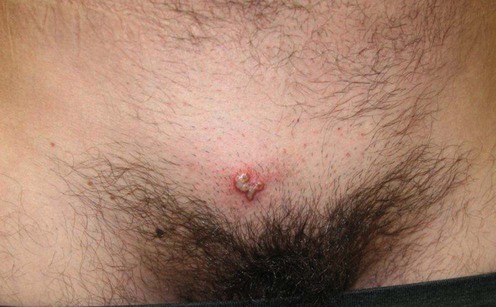Herpes genitalis

First-line therapies
Acute reactivation episodes
Prophylactic treatment
Second-line therapies
Third-line therapies
Novel and other therapies
 Hygiene techniques: keep area clean and dry to prevent secondary infections, avoid touching lesions, and wash hands after any contact with sores
Hygiene techniques: keep area clean and dry to prevent secondary infections, avoid touching lesions, and wash hands after any contact with sores





 Valacyclovir (Valtrex)
Valacyclovir (Valtrex) Acyclovir (Zovirax)
Acyclovir (Zovirax) Famciclovir (Famvir)
Famciclovir (Famvir) Foscarnet
Foscarnet Cidofovir
Cidofovir L-Lysine
L-Lysine Aspirin
Aspirin Resiquimod
Resiquimod Topical imiquimod
Topical imiquimod





